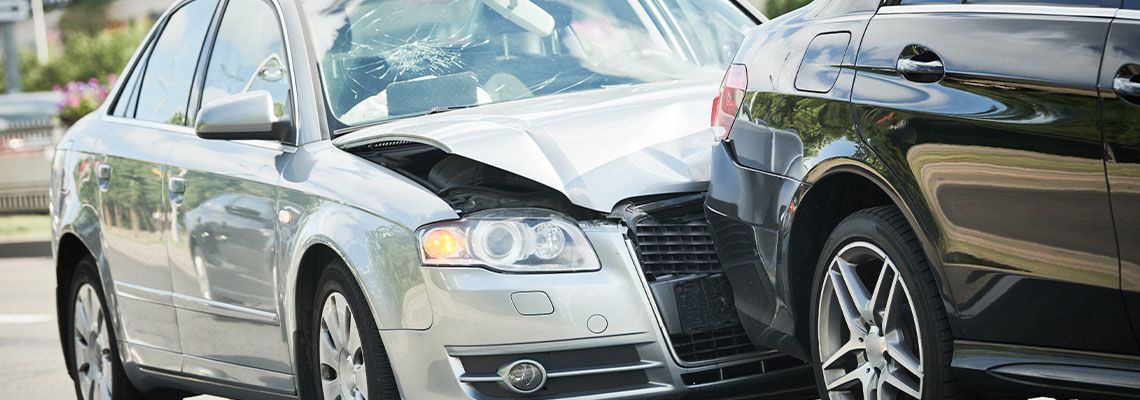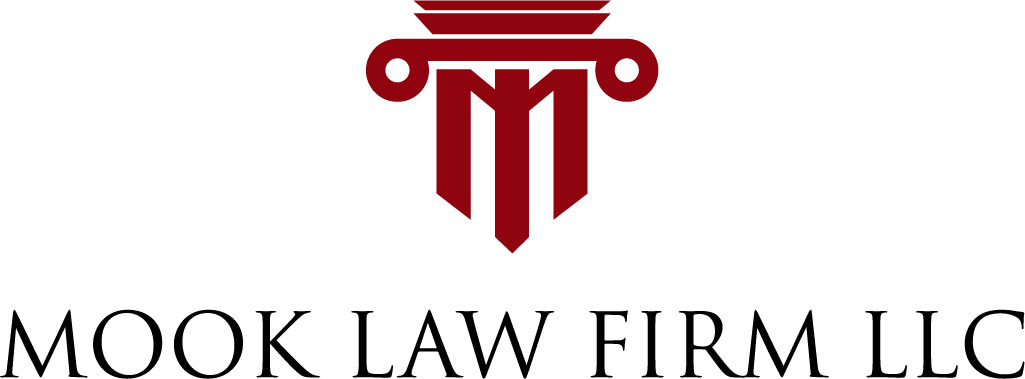
What Evidence Do You Need to Prove Fault in a Car Accident Case?
If you're asking yourself what you need to prove fault in a car accident case, you're not alone. Many injured drivers don’t realize just how important each photo, statement, or police report can be.
It can be complicated and stressful after a car crash, especially when trying to prove that the other driver was at fault. Whether you're dealing with insurance companies, medical bills, or missed work, the strength of your case often depends on the evidence you collect.
At Mook Law Firm LLC in Kansas City, Missouri, we help make sure every piece of proof is gathered and used to support your claim. Below, we explain the types of evidence that matter most. Keep reading to learn what you should gather—and how our car accident attorney can help you put it to work.
Police Reports Can Set the Foundation
Police reports are often the first form of documentation following an accident. When officers arrive at the scene, they assess the situation, speak to those involved, and file an official report. These reports can contain valuable observations, diagrams, and citations that point toward fault.
Insurance companies frequently rely on police reports when deciding who was responsible. If one driver was ticketed or admitted fault, it’s usually noted. Having this official record helps establish the basic facts and provides a neutral third-party view of the crash.
When used with other types of evidence, a police report becomes a strong building block. From there, photographs and videos often provide visual confirmation of what took place.
Photos and Videos Offer Visual Proof
Photographs and videos taken immediately after a collision can offer powerful support in a fault dispute. Images capture important details that can fade quickly, like vehicle placement, road conditions, and traffic signals at the time of the crash.
Photos should include multiple angles of vehicle damage, nearby signage, intersections, and any visible injuries. Videos, especially from dash cams or surveillance footage, may show the crash as it happened, helping to verify how it unfolded.
This type of visual documentation supports or challenges statements made by others and can clarify inconsistencies. After collecting photos and videos, witness statements often come next to back up what was recorded.
Witness Statements Can Strengthen Your Story
Witnesses who saw the accident can offer a clearer, unbiased version of events. Their accounts often confirm or challenge what each driver claims happened. These statements are especially useful when the drivers involved provide conflicting reports.
A pedestrian, another driver, or a bystander may have seen one vehicle run a red light, fail to yield, or drive aggressively. Their testimony can help solidify fault when paired with physical evidence from the crash.
Consistent witness accounts often lend more credibility to a case. That consistency is especially important when vehicle damage evidence is used to reinforce their descriptions.
Vehicle Damage Helps Prove the Impact
The type and location of damage on each vehicle can reveal how a crash occurred. The angle of impact often matches up with driver behavior, like running a red light or failing to stop at a sign.
Repair estimates, mechanic reports, and collision photos help create a timeline and explanation of the crash. These records can support claims of sudden impact, speed, or the direction from which a vehicle was hit.
When used in conjunction with other evidence, such as police reports or medical records, vehicle damage helps paint a more complete picture. Those records also lead to the importance of linking the accident to any injuries.
Medical Records Link Injuries to the Accident
Medical documentation is necessary to show that injuries resulted from the car accident and not from another cause. From ER visits to ongoing therapy, these records help connect the crash to the physical toll it caused.
Doctors' notes, imaging results, prescriptions, and treatment plans all add credibility. They also help estimate the total cost of injuries, both short-term and long-term. When presented with accident-related documentation, it becomes more difficult for insurers to argue that injuries are unrelated.
Once medical proof is established, prior driver behavior can offer even more context about who was at fault.
Driving History Can Reveal a Pattern of Negligence
A history of traffic violations or reckless driving may suggest a pattern of behavior. If one driver has previous DUI charges, speeding tickets, or citations for texting while driving, that can support a claim of fault.
Driving records, court filings, and past accident reports can be introduced to show repeated negligence. Though this information isn't always available or admissible in court, it can help guide the legal strategy and strengthen negotiation efforts.
Along with past behavior, distracted driving may be another contributing factor, especially if supported by digital records.
Cell Phone Data Can Show Distracted Driving
Cell phone records can confirm whether a driver was texting, making calls, or using an app at the time of the crash. This data is especially helpful in distracted driving cases where visual evidence alone may not be enough.
Text logs, call history, and app usage timestamps can often match up with the moment of the crash. If distracted driving is suspected, legal professionals may request these records to support their argument of fault.
When digital distractions are proven, that can further support a claim of negligence. In more serious cases, crash reconstruction experts are often used to explain how and why the accident happened.
Accident Reconstruction Can Clarify Conflicting Accounts
When accident reports and witness statements conflict, crash reconstruction specialists may be brought in. These professionals use scientific analysis to recreate the accident based on vehicle damage, measurements, and scene details.
Some situations where reconstruction can be especially useful include:
Multi-vehicle crashes: When several drivers are involved and the fault is unclear, a reconstruction can identify who made the critical error.
Unclear speed or traffic signal use: Experts can analyze skid marks, impact angles, and damage to determine how fast cars were traveling or whether lights were obeyed.
Severe injury or fatality cases: High-stakes claims often require precise details that only a reconstruction expert can provide.
These findings are typically presented in reports or through expert testimony with the help of a car accident attorney, and they’re often persuasive to judges, juries, and insurers. While technical in nature, they work best when combined with details about road and weather conditions.
Road and Weather Conditions Matter
Sometimes the conditions outside a driver’s control can affect a crash. Poor lighting, broken signals, potholes, or slick roads may contribute to an accident. Even so, the way a driver responds to these hazards can still determine fault.
Evidence such as weather reports, maintenance logs, and surveillance footage can show what the road was like at the time of the crash. If a driver failed to slow down during heavy rain or ignored a clearly blocked sign, that behavior may still be considered negligent.
These situational factors help round out the fault picture, especially when combined with all other available evidence. Once evidence is gathered, it’s often summarized and submitted in a formal demand package.
Demand Letters Show the Strength of Your Case
A demand letter compiles all evidence and presents a strong argument for compensation. This formal document outlines the facts, explains the legal basis for the claim, and requests a specific settlement amount.
Key elements often included in a demand letter are:
Narrative of events and fault: A timeline of the crash supported by photos, reports, and witness statements.
Medical evidence: Details about injuries, treatment, and long-term recovery supported by records and invoices.
Financial impact: Proof of lost wages, property damage, medical bills, and any future treatment needs.
A well-prepared demand letter can often lead to quicker settlements. If the insurer refuses to offer a fair amount, the next step may involve filing a lawsuit and heading to court with the help of a car accident attorney.
Contact a Car Accident Attorney Today
At Mook Law Firm LLC, we take the evidence seriously because we know how important your case is. If you’ve been in a crash in the surrounding areas of Kansas City, Missouri, and need a trusted car accident attorney, reach out to us today and let Mook Law Firm LLC help you move forward.

